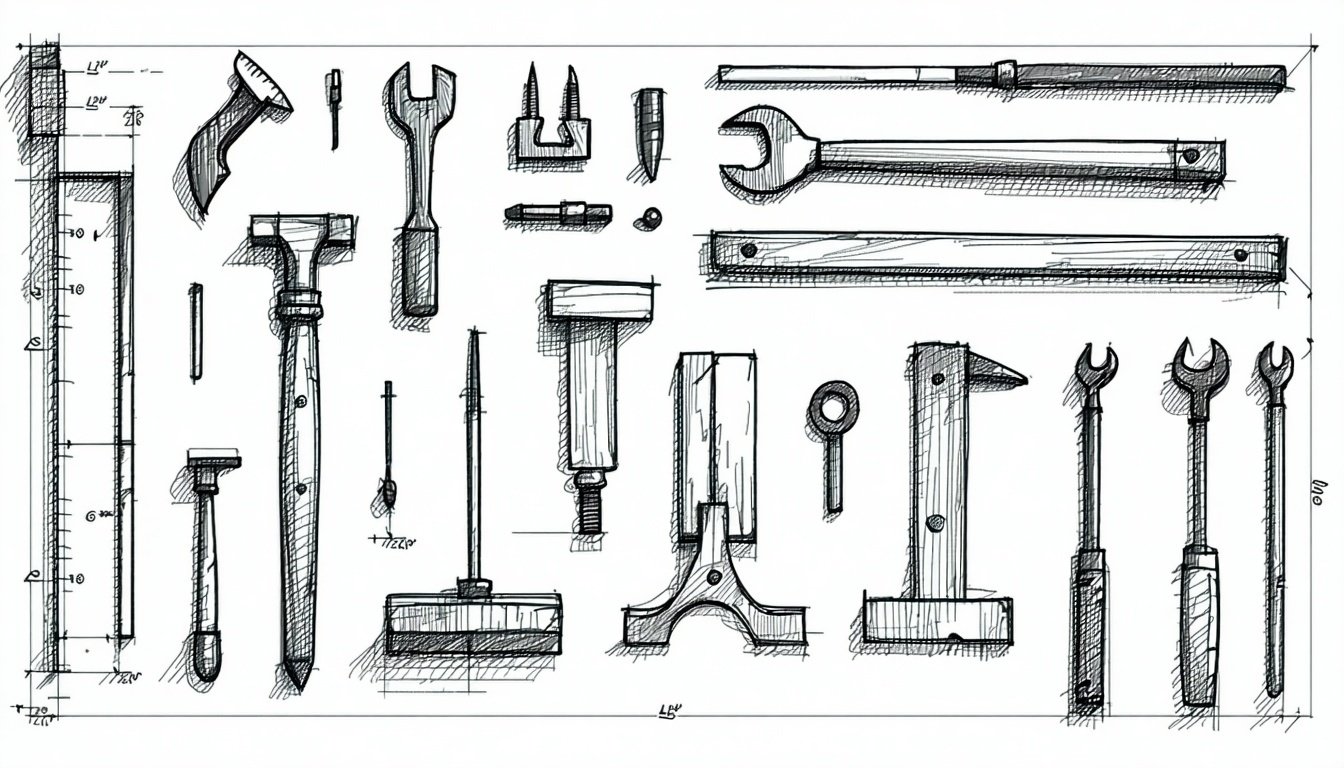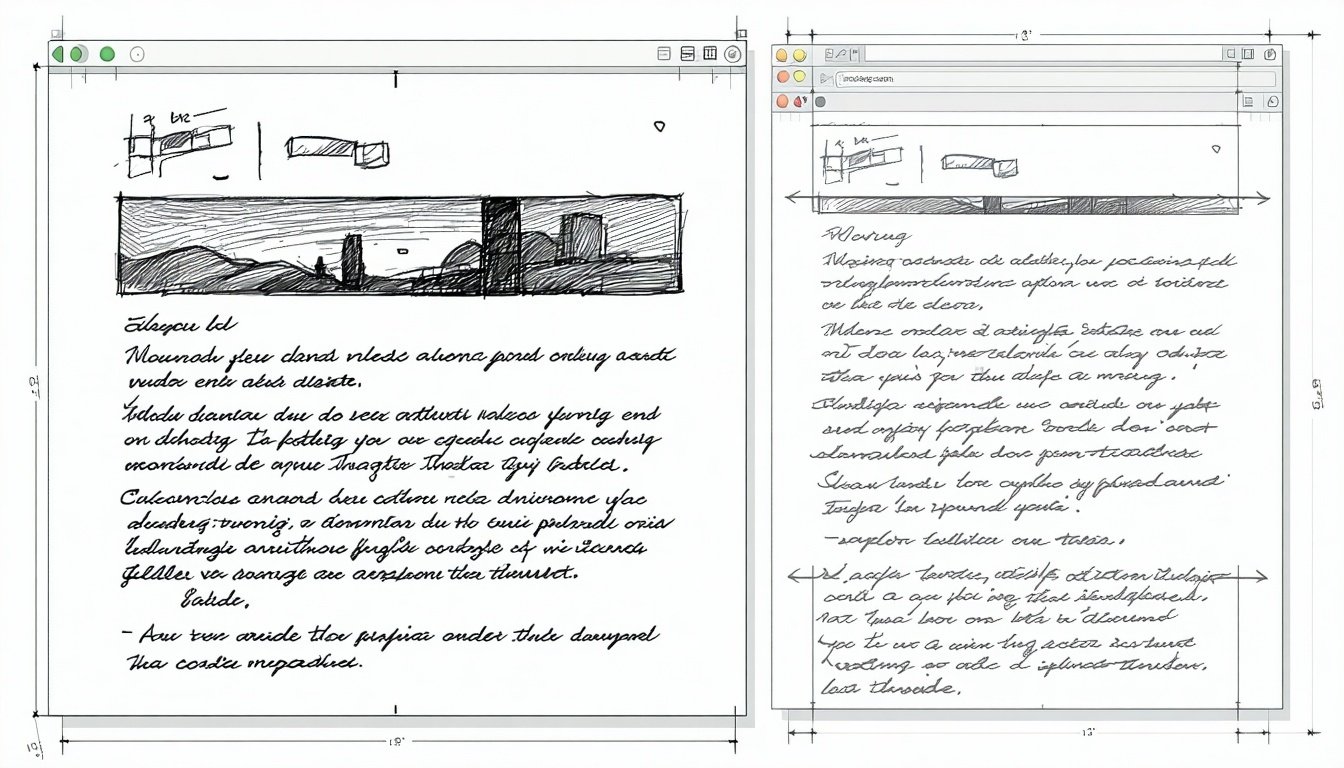Chris LoDolce & Panos Siozos
June 8, 2022
In today's fast-paced business environment, an effective customer education program is essential for companies, especially in the Software as a Service (SaaS) sector. This webinar, hosted by Panos from LearnWorlds, featured insights from Chris LoDolce, an expert in customer education programs and co-founder of HubSpot Academy.
The objective of customer education is to help clients efficiently utilize products and services, consequently improving their satisfaction and retention rates. Chris Lodolce emphasized several important aspects in developing scalable customer education programs, touching on critical elements such as understanding customer needs, aligning education strategies, and utilizing analytics for program success.
Key Themes of the Webinar
- Defining Customer Education
- Customer Education consists of organized content aimed at imparting knowledge and skills to customers.
- A well-structured program targets business metrics that drive retention, upsell opportunities, and overall product usage.
- Phases of Development
- Stages of Maturity: Customer education programs progress through five stages: Ideation, Beta, Live, Scale, and Innovate. Companies typically start with minimal offerings and gradually enhance them based on customer feedback and internal goals.
- Common Pitfalls
- Imitation: Many businesses attempt to mirror successful programs without tailoring them to their specific needs, leading to misalignment and ineffective strategies.
- Resource Mismanagement: Underestimating the requirements for launching and maintaining customer education can hinder growth and access to funding.
- Hiring Misalignment: Skills and experience of hires must be closely aligned with the current phase of the program to ensure effectiveness.
- Blueprint for Effective Education Programs
- The customer education blueprint includes:
- Program Leadership: establishing vision and aligning with company goals.
- Program Management: employing project management methodologies to ensure smooth execution.
- Content Design and Development: creating a structured process for developing, updating, and evaluating content.
- The customer education blueprint includes:
- Measurement and Outcomes
- Metrics: Start with easily measurable outputs like course completion rates and learner engagement. Progress to more complex metrics like customer retention and product usage over time.
- Use learner feedback and experiences to iteratively improve educational content and delivery formats.
Best Practices
- Cross-role Collaboration: Ensure engagement with marketing, sales, and product teams to facilitate a cohesive approach to customer education.
- Customer-Centric Approach: Focus on delivering relevant content that yields measurable business value, enhancing user experience, and retaining customers effectively.
Transcript
Introduction
Panos: Hello everyone, and welcome to today's webinar about how to create a high-impact customer education program. This is Panos from LearnWorlds. Just give us a couple of minutes to get everybody set up. I see lots of people joining right now, so let's give them a few seconds, and then we'll get started.
I hope everybody is safe and sound wherever you are. Feel free to introduce yourself in the Zoom chat box and let us know where you're logging in from.
Attendees: Hi Nicole from Buffalo. Hi Mariko from our LearnWorlds team. Hi Sandra from Portland. Welcome, everyone!
Panos: I hope that you can hear me all right. If you do, just leave a message in the chat box.
Chris is with us already. Just one more minute, and we’ll get going. We won’t delay.
Attendees: Hi Monica! Hi Monday! Hi Christian! Hi Fatoumi! Hi Debbie from Plymouth! Hi Christine! Hi Jody, we’re also very excited about covering this topic and having Chris with us. Hi Romy!
Panos: We are also recording this webinar and will make it available to you afterward, so you don’t have to take any notes. You will get full access to the recording.
You can ask any questions during the presentation using the chat box. Veronica from my team is also sharing some instructions. We’ll ensure we have sufficient time at the end of the webinar to answer as many questions as possible. We’ve already received a few dozen through email earlier, and hopefully, we can tackle as many as possible.
Guest Introduction
I think I can start my camera now, and we can get on with the webinar. Hi everyone, this is Panos. I’m the co-founder and CEO of LearnWorlds, and I’m very happy to be hosting this webinar today with Chris LoDolce from SaaS Academy Advisors.
Chris is one of the foremost experts on how to build and scale a customer education program. Today’s webinar will focus on creating a high-impact customer education program. This session is hosted by LearnWorlds Legends, an e-learning platform. As we have helped many customers around the world launch their customer education academies, we wanted to bring in an expert to discuss the core strategies of building and scaling such programs.
Chris co-founded the HubSpot Academy back in 2012, and over the next ten years, he managed to grow this division to over 30 people. The HubSpot Academy has reached millions of learners and certified more than half a million business professionals. It has provided invaluable marketing resources and helped drive HubSpot’s growth. The academy even expanded its content into five languages to serve an international market.
We are thrilled to have Chris with us today, and he will be sharing his knowledge about what you can do to build and scale your own customer education academies.
Presentation: The Importance of Customer Education
Chris: Wonderful, Panos, thank you. Great introduction. Much of what you spoke about regarding the pandemic and how people are learning today is spot on from a customer education perspective. So thank you again for having me here today, and hello to everyone joining us.
Today, I’m going to go through some key definitions, structure, and steps for building a successful customer education program. We’ll be going step by step into strategies, and at the end, I’ll answer any remaining questions you might have.
Defining Customer Education
So first, let’s define customer education. What does customer education really mean? It is any purposeful and organized content designed to impart attitudes, knowledge, and skills to customers. This can be done through blog posts, knowledge articles, documentation, webinars like today, live training, on-demand courses, and more.
Let’s get interactive. Drop into the chat some of the ways in which your company is currently educating customers. It could be through video content, user guides, training sessions, or anything else.
Attendees: Self-paced e-learning. Live training. Community discussions. Interactive workshops.
Chris: Great, I see a lot of people mentioning different approaches like self-paced e-learning, live training, and user community discussions. That’s excellent.
What Makes a Strong Customer Education Program?
Now, let’s talk about a customer education program. A customer education program is a strategic initiative designed by organizations to educate customers in order to improve top and bottom-line business metrics. It is not just about creating content; it’s about ensuring the right business outcomes. This includes customer retention, product adoption, upsells, cross-sells, and Net Promoter Scores (NPS).
Many of you may already be engaging in customer education in some way, but today we want to dive deeper into making it a structured, scalable, and strategic initiative within your business.
The Concept of a Corporate Academy
I also want to introduce the idea of a corporate academy. Many organizations start with customer education, but as they grow, they recognize the larger value of aligning learning across different areas—customer education, industry education, partner education, and employee education. The most successful companies integrate all these aspects into a cohesive corporate academy that serves multiple functions within the organization.
Common Mistakes in Scaling Customer Education
Let’s move on to the three biggest mistakes I see when companies try to scale their customer education programs:
- Imitation Without Adaptation – Many companies want to replicate a well-known customer education program, like HubSpot Academy or Salesforce Trailhead, without considering their own unique needs, resources, and company culture. Instead of copying, focus on designing a program that aligns with your customers' needs and your business goals.
- Underestimating Resources – Often, teams start with a vision that doesn’t match the time and budget they have. A common pitfall is setting unrealistic timelines. A good rule of thumb: double your estimated timeline and budget. It will either take longer or cost more, so preparing for that from the outset sets you up for success.
- Hiring the Wrong Talent – Hiring is critical, and the skills needed depend on the maturity of your customer education program. If you are in the early stages, you need a generalist who can do a bit of everything. If you are scaling, you need specialists in learning design, program management, and content development. Ensuring alignment between your program’s stage and your team’s skill set is key.
The Customer Education Growth Model
Now, let’s go into the Customer Education Growth Model. This model consists of five stages:
- Ideation Stage – Understanding the need for customer education and outlining key goals.
- Beta Stage – Rapid iteration to test different delivery methods before full-scale implementation.
- Live Stage – Launching structured educational content and beginning to measure impact.
- Scale Stage – Expanding content reach by translating materials, repurposing content, and automating processes.
- Innovate Stage – Finding creative ways to extend the reach and impact of your education program, such as university partnerships or community-driven learning.
Conclusion
Panos: Thank you, Chris, for all these great insights! We will follow up with additional resources and a recording of today’s session. Thanks again, everyone!
Excerpt ipsum dolor sit amet, consectetuer adipiscing elit. Vel adipiscing turpis magna aenean facilisis. Sapien amet habitant libero et nam consectetur magnis sit? Sem sapien platea lobortis suscipit fermentum convallis sollicitudin.
Dig deeper

Join the conversation with other SaaS education leaders. Share your insights or ask a question.

Join the conversation with other SaaS education leaders. Share your insights or ask a question.

Keep learning - dive into related topics and best practices from our latest posts.
.png?width=75&height=152&name=saas_academy_logo%20(2).png)
.png?width=104&height=152&name=saas_academy_logo%20(1).png)